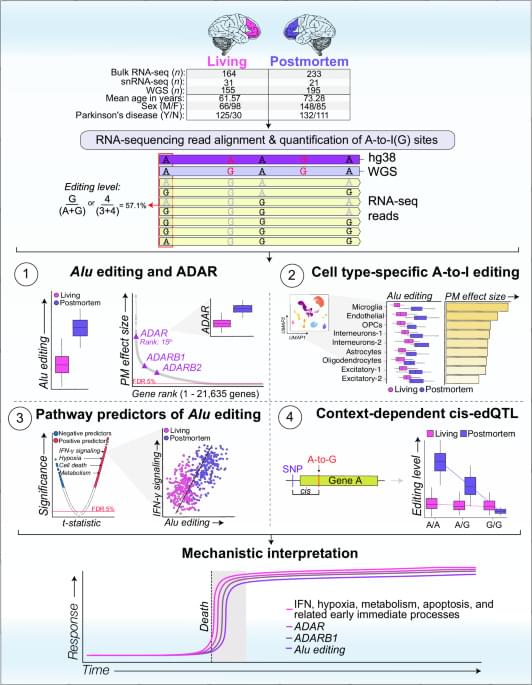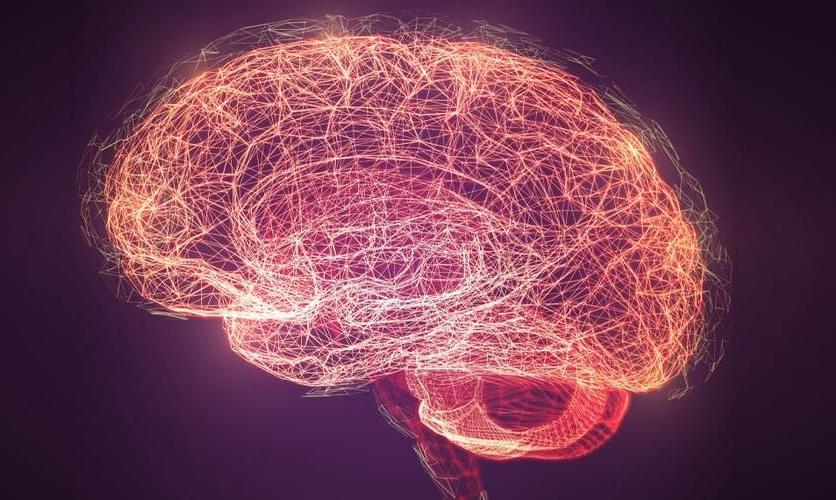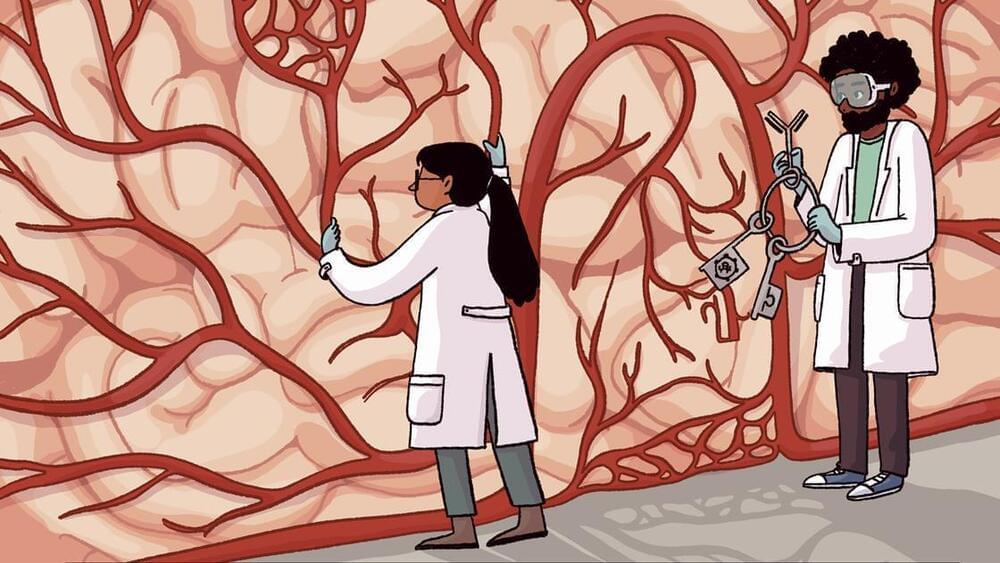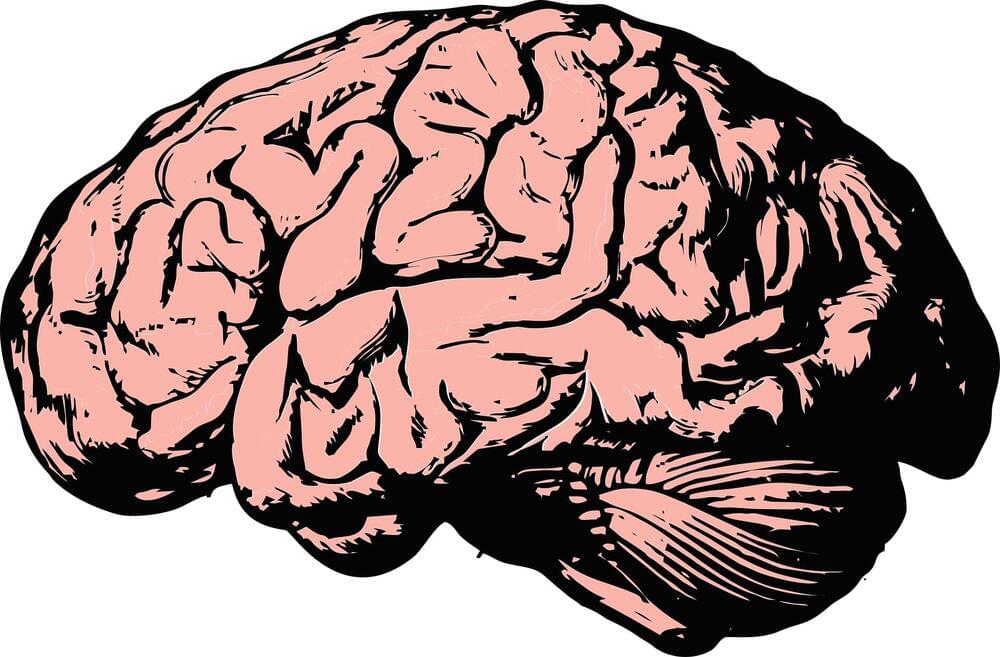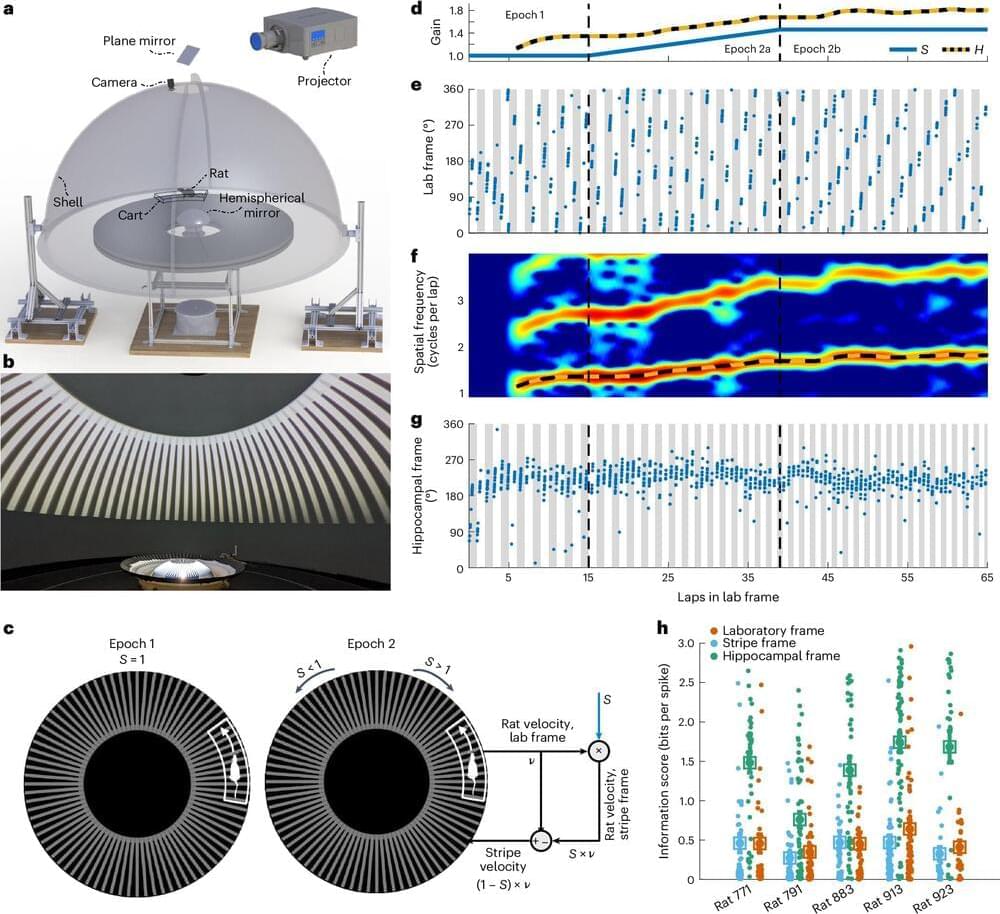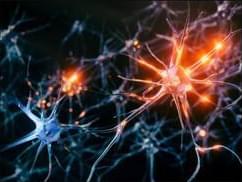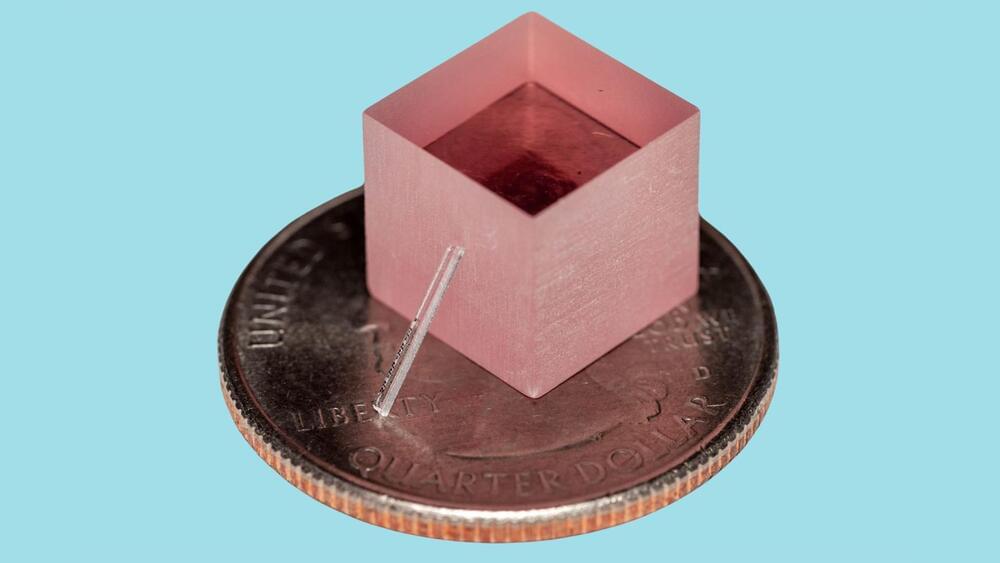Jul 2, 2024
Divergent landscapes of A-to-I editing in postmortem and living human brain
Posted by Saúl Morales Rodriguéz in categories: biological, neuroscience
Adenosine-to-inosine editing is a form of RNA modification observed in the human brain transcriptome. Here the authors question the accuracy of utilizing postmortem samples to reflect the RNA biology of living brains. This is due to significant differences in adenosine-to-inosine editing between living and postmortem brain tissues, with most sites exhibiting higher editing levels postmortem.
